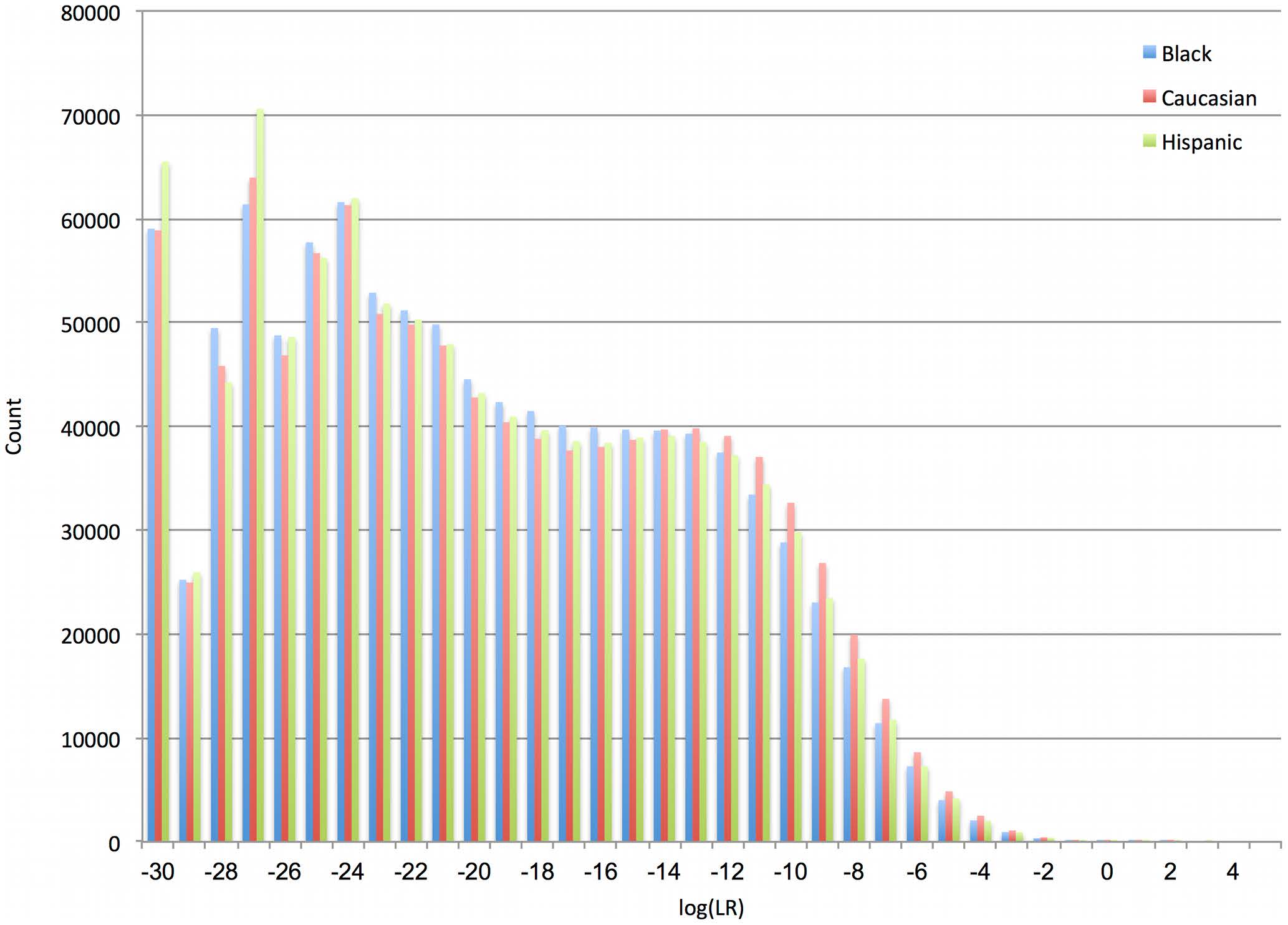Back to Newsroom
31-Mar-2024
Opening the Past for a Better DNA Future

In 2010, the United States imposed a dubious national forensic standard. A new “stochastic threshold” guideline for manual interpretation required analysts to ignore more of their DNA mixture evidence data. Throughout the country, previously informative DNA evidence became uninformative. Many criminal cases were affected; some crime laboratories closed.
After implementing these new guidelines, in 2011 the Virginia Department of Forensic Science (DFS) identified 375 affected criminal cases where the new guideline had changed DNA to an inconclusive result or a lower match statistic. Seeking accurate identification information, DFS arranged for Cybergenetics to apply their validated TrueAllele Casework system to DNA mixture evidence in 144 cases. TrueAllele was the first – and only available – “probabilistic” genotyping computer system.
During the DFS project, Cybergenetics produced DNA match reports on 92 evidence items in 72 cases. These revived forensic reports “opened the past” to reveal new DNA information. The resulting trial testimony had an immediate impact on criminal justice.
Cybergenetics and DFS jointly published their findings in a groundbreaking PLoS ONE journal validation study that established many axes of TrueAllele reliability. We numerically measured DNA information using match statistics (technically, the log(LR) or “likelihood ratio logarithm”).
Our study compared match statistic information obtained by three di�erent mixture interpretation methods – TrueAllele computation, and two manual approaches – on the same casework mixture data. The 2014 paper found that “TrueAllele computer interpretation of DNA mixture evidence is sensitive, specific, precise, accurate and more informative than manual interpretation alternatives.”
One novel finding was how to rigorously use real casework data in a validation study. Previously, many scientists had only used “ground truth” data from laboratory-constructed DNA mixtures of known composition. Our paper removed this artificial limitation. We first established that TrueAllele has a very low false positive error rate for informative DNA match statistics (see Figure above). This high specificity let us “safely examine the sensitivity distribution of positive log(LR) values” for reported casework DNA matches.
Validation Study